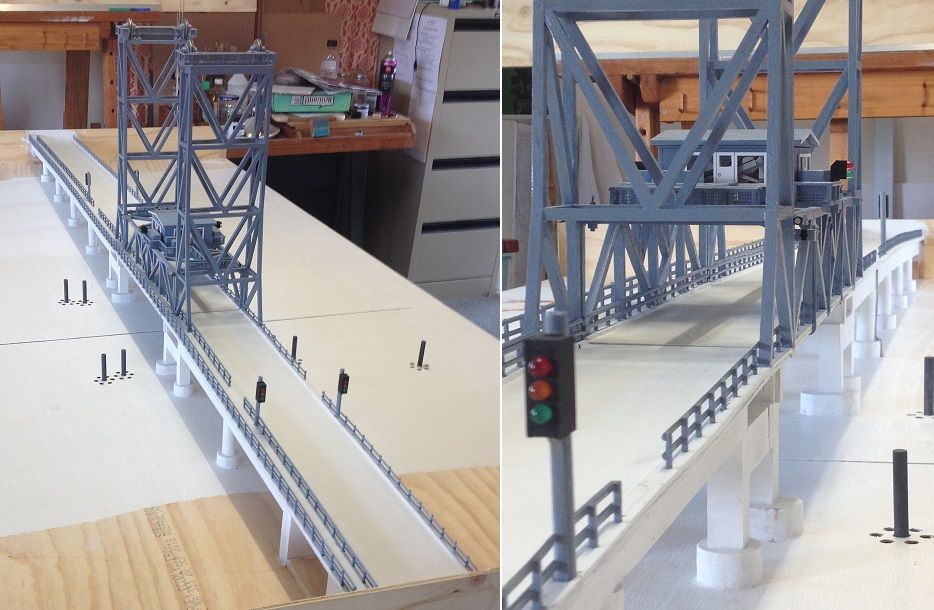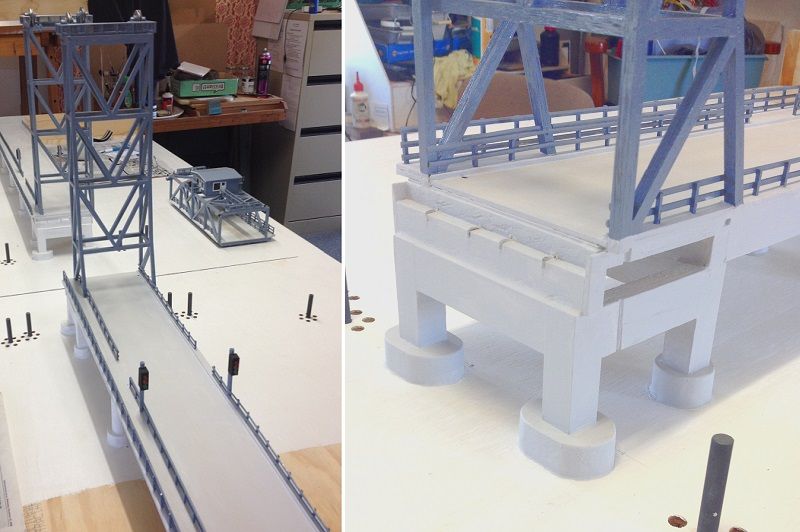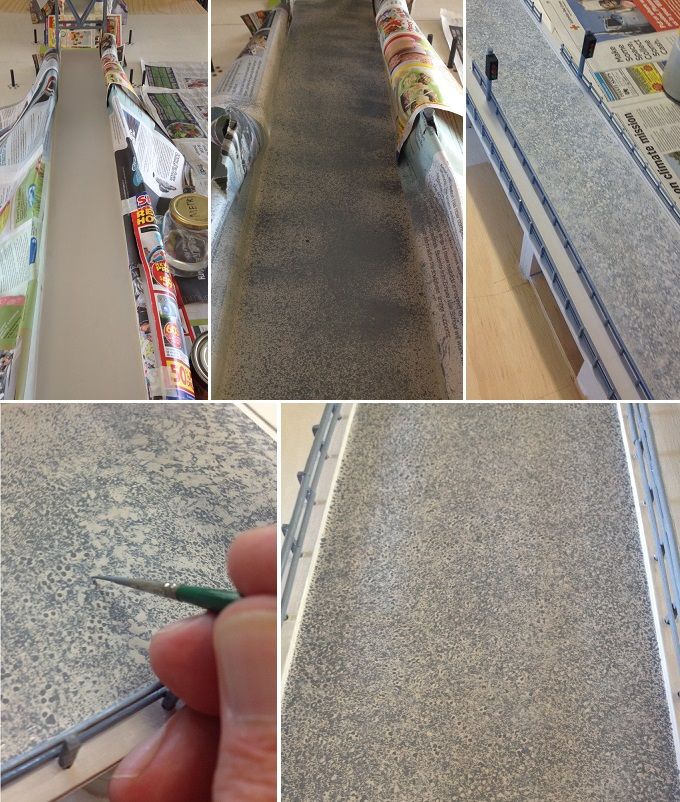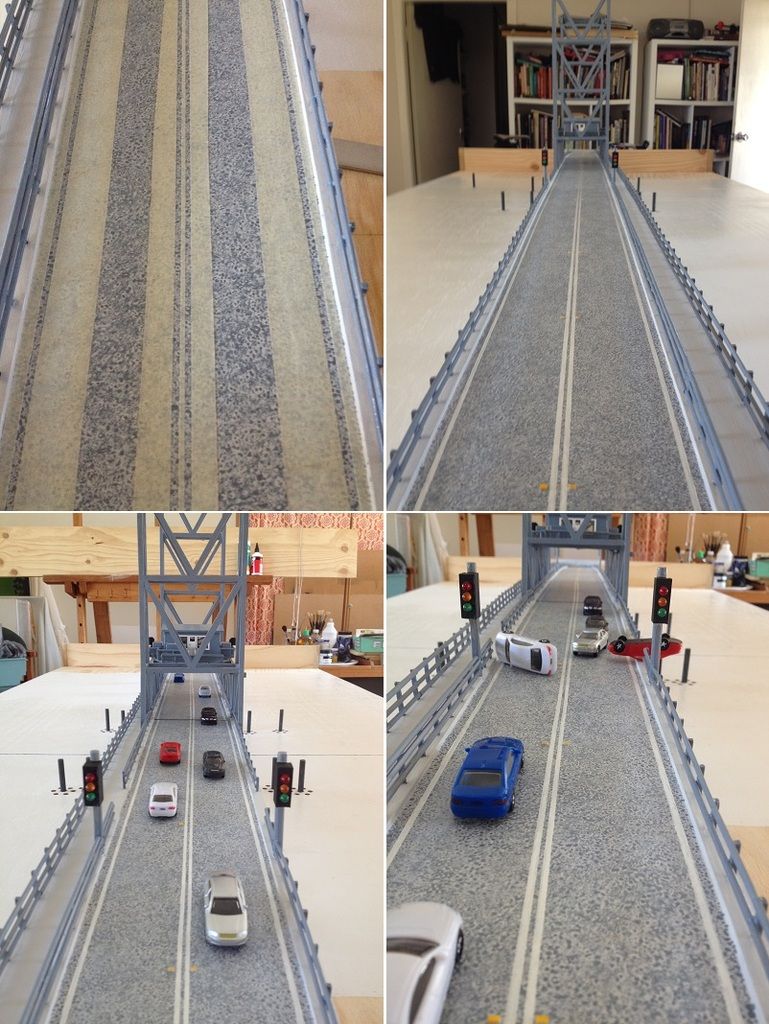I may have solved a problem with using servo motors for opening and closing the bridge gates. I never used servos before, but their data sheets say they can rotate fairly quickly. Too quick for my liking. If I used the servos as is, the gates would swing 90 in a very snappy way. My options are limited to what the museum budget allows. So to use reduction gearing requires delicate gearbox housing construction. And the slowest servos are used with model sailing boats, and they cost a fair bit.
Normally, to vary the speed of a DC motor, the voltage supplied to the motor is chopped (pulsed). Pulse-Width Modulation (PWM) is used. However, servo motors use PWM for servo arm positioning. So PWM cannot be used, as well, for speed control.
While designing a lever system for operating the gates I saw a way around my problem. The gate has to swing 90 deg, and the standard servo rotates 180 deg. Using different length drive arms for servo and gate axle, a change of speed, or more correctly 'time', can be accomplished. The time for the servo to travel 180 deg can be the same for a gate travelling 90 deg. That is half the speed (though not at a regular pace [deg per millisecond]).
This is my plan. (please note, sometimes my plans don't work out).
[ATTACH]278565[/ATTACH]
Normally, to vary the speed of a DC motor, the voltage supplied to the motor is chopped (pulsed). Pulse-Width Modulation (PWM) is used. However, servo motors use PWM for servo arm positioning. So PWM cannot be used, as well, for speed control.
While designing a lever system for operating the gates I saw a way around my problem. The gate has to swing 90 deg, and the standard servo rotates 180 deg. Using different length drive arms for servo and gate axle, a change of speed, or more correctly 'time', can be accomplished. The time for the servo to travel 180 deg can be the same for a gate travelling 90 deg. That is half the speed (though not at a regular pace [deg per millisecond]).
This is my plan. (please note, sometimes my plans don't work out).
[ATTACH]278565[/ATTACH]







Comment